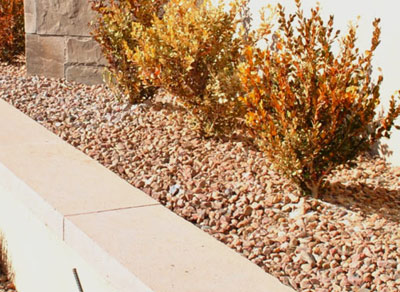Frigid February turns to March madness: plants suffer freeze damage following record lows
View Larger

Look for plant damage due to record low temperatures!
The deep freeze of February is starting to lose its grip and after what seemed to be an interminable period of “always-Winter-but-never-Christmas”, we start to see the stirrings of something that looks like Spring. And despite the March winds, daffodils, crocuses and hyacinths begin to peek their heads out cautiously. The winter jasmine begins to bloom, its star-like blossoms a harbinger of the fecundity soon to follow. And we have hope that the dying roar of a long Winter’s night will give rise to the melody of vernal harmony.
Unfortunately, this spring, your landscape may not be the idyllic paradise you want it to be. Take a good look at your landscape and you will begin to see what the Evil Snow Queen has wrought. Because of the very cold weather in February (-15°F) you will notice some freeze damage to your plants. Plants that are normally evergreen will look like they have been blowtorched. I have looked at many landscapes in the last few weeks and what is most confounding is that one Indian Hawthorne may look absolutely fried, while right next to it another may be completely unharmed. Such is the Jekyll and Hyde nature of fickle Jack Frost.
The following is a partial list of plants and trees that may have been affected:
- Photinia
- Indian Hawthorne
- Cherry Sage
- Lavender
- Agaves
- Mexican Elders
- Rosemary
- Privet (ligustrum)
- Palm Trees
- Willows
- Crape Myrtle
- Ornamental grasses
- Boxwoods
- Some Conifers
- Palm Yuccas
- Ash trees
- Sycamore trees
- Prickly Pear Cactus
This by no means is an exhaustive list and you may see other damage in your landscape. Some damage may not be evident until later in the Spring. As the temperatures increase keep an eye out for die back in turf areas or perennial flowering plants that did not survive the record cold temperatures. Start increasing the watering of your plants and lawn right now. Wait until plants start to leaf out in the Spring before you do any hard pruning. This will give you a better idea of what actually survived.
Some of the plants may push off all the dead leaves and re-leaf. So wait 3-4 weeks, then you can start trimming the dead out. A hard pruning will leave plants looking a little scraggly, but they should recover after a couple of growing seasons. However, I would wait until the middle of May before you remove an apparently “dead” Crape Myrtle, since they are one of the last trees to come out of dormancy. I would also wait on Vitex (Chaste Trees) and indeed many other trees. Patience is an important virtue when dealing with Mother Nature.
It is sad to lose a few years of growth on a plant or tree, but it won’t be long till we are tiptoeing gaily through the Tulips again!


